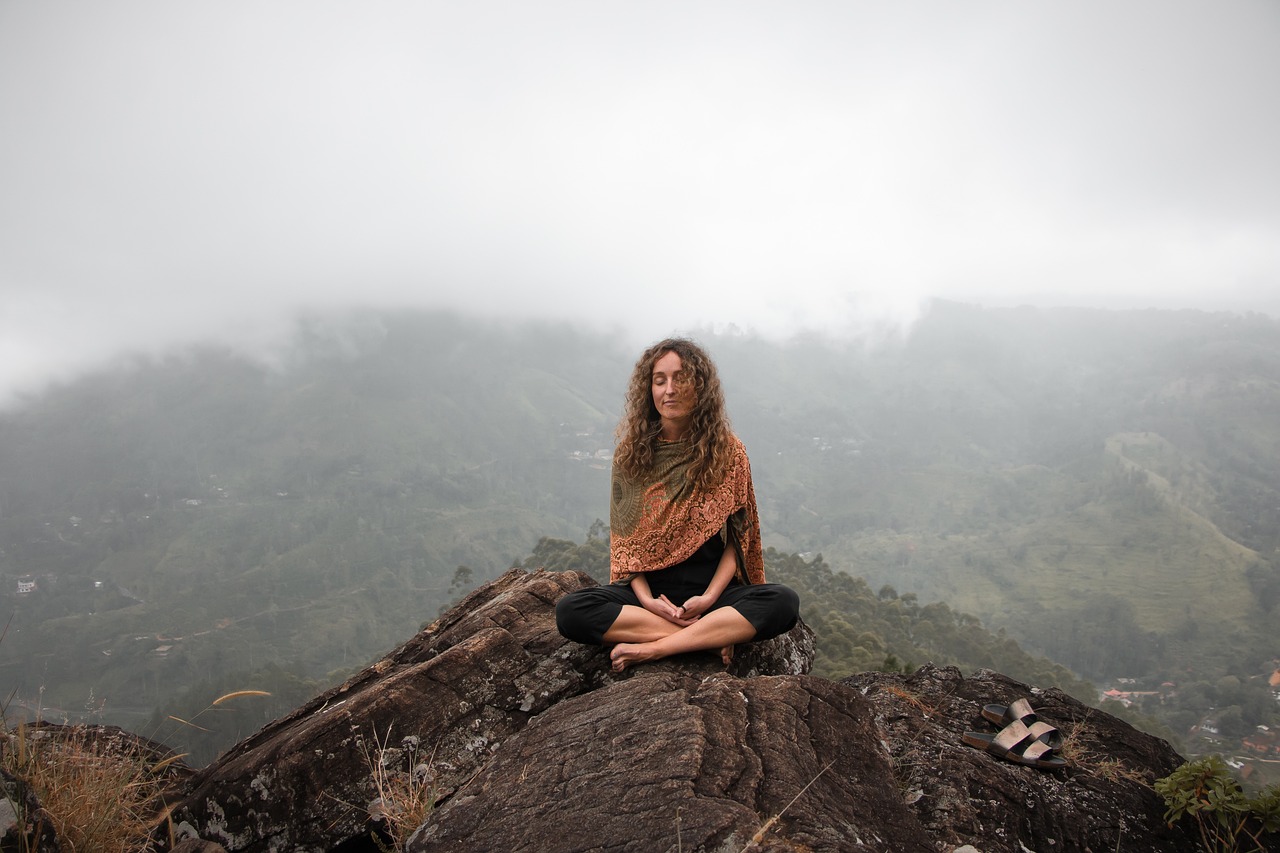
From the ancient temples of India to the bustling studios of New York City, yoga has taken a remarkable journey across the globe. Its evolution has been shaped by a myriad of cultural, social, and political factors, as well as the creative interpretations of countless practitioners. Today, yoga is a ubiquitous part of Western culture, with millions of people practicing it as a means of physical exercise, spiritual growth, and stress relief. But how did this ancient practice make its way to the West, and what changes has it undergone along the way? In this article, we will trace the fascinating journey of yoga’s Western evolution, exploring its origins, key figures, and transformative impact on modern society.
1. From Ancient India to Modern West: The Journey of Yoga
Yoga, an ancient practice that originated in India, has now become a global phenomenon. The journey of yoga from ancient India to modern West has been a long and fascinating one. Yoga has evolved over the years, and its popularity has grown exponentially. Today, yoga is practiced by millions of people worldwide, and it has become an integral part of many people’s lives.
The journey of yoga from ancient India to modern West has been marked by several significant milestones. The practice of yoga was first mentioned in the Rigveda, one of the oldest sacred texts of Hinduism. Over the years, yoga evolved and was refined by various sages and gurus. In the 20th century, yoga gained popularity in the West, thanks to the efforts of several Indian gurus who traveled to the West to spread the teachings of yoga. Today, yoga has become a mainstream practice in the West, and it is practiced by people of all ages and backgrounds.
2. The Evolution of Yoga: How it Found its Way to the West
Yoga, an ancient practice that originated in India, has been around for thousands of years. It has evolved over time and has found its way to the West through various means. Here are some of the ways in which yoga has evolved and made its way to the West.
– The first wave of yoga in the West came in the late 1800s and early 1900s when Indian gurus like Swami Vivekananda and Paramahansa Yogananda traveled to the West to spread the teachings of yoga. They introduced yoga to the Western world through lectures, books, and personal instruction. This wave of yoga was mainly focused on the spiritual aspects of yoga and was practiced by a small group of people who were interested in Eastern spirituality.
– The second wave of yoga in the West came in the 1960s and 1970s when yoga became popularized by celebrities like The Beatles and other counterculture icons. This wave of yoga was more focused on the physical aspects of yoga and was practiced by a wider audience. Yoga studios started popping up all over the West, and different styles of yoga were developed to cater to different needs and preferences. Today, yoga is a mainstream practice in the West, and millions of people practice it for its physical, mental, and spiritual benefits.
In conclusion, the evolution of yoga has been a long and fascinating journey. From its origins in ancient India to its current popularity in the West, yoga has undergone many changes and adaptations. Whether you practice yoga for its physical benefits, its spiritual aspects, or both, there is no denying the positive impact it can have on your life.
3. Tracing the Roots of Western Yoga: A Historical Perspective
Yoga has become a popular practice in the Western world, but its roots can be traced back to ancient India. The practice of yoga has evolved over thousands of years, and its history is rich and complex. Understanding the history of yoga can help us appreciate the practice and its benefits even more.
The earliest evidence of yoga dates back to the Indus Valley Civilization, which existed from 3300 BCE to 1300 BCE. The civilization was located in what is now Pakistan and India, and it is believed that the people of this civilization practiced yoga as a way to connect with the divine. Over time, yoga evolved and was influenced by various religious and philosophical traditions, including Hinduism, Buddhism, and Jainism. Today, yoga is practiced all over the world and has become a popular way to improve physical and mental health. As we conclude our journey tracing the evolution of yoga in the West, it is clear that this ancient practice has undergone a remarkable transformation. From its humble beginnings as a spiritual discipline in India, yoga has now become a global phenomenon, embraced by millions of people around the world. Its journey has been marked by both controversy and celebration, as it has adapted to new cultures and contexts, and evolved to meet the needs of modern practitioners. Yet, despite its many changes, the essence of yoga remains the same – a path towards self-discovery, inner peace, and spiritual growth. As we continue to explore the many facets of this fascinating practice, we can only wonder what new transformations lie ahead.
